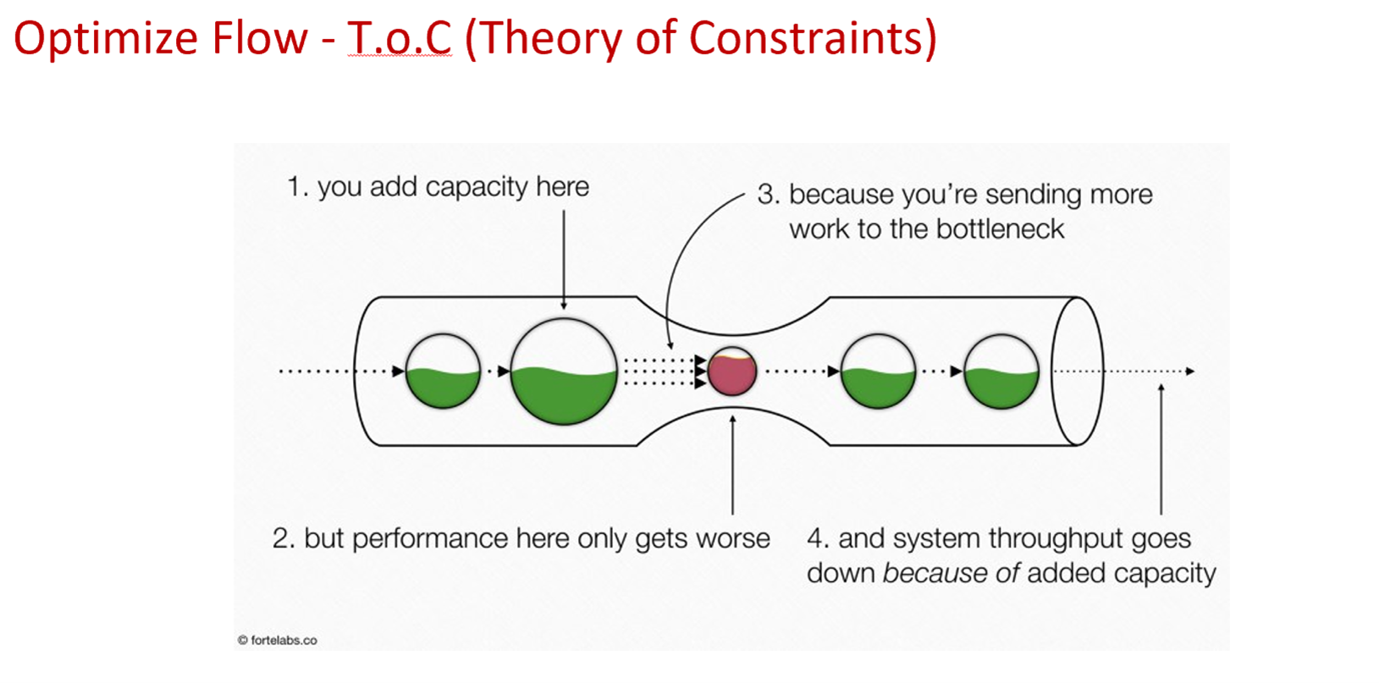
Time to Recognise the Greatest Constraint.
An impending ‘property crunch’ is just around the corner. Why? Because the pace is going to accelerate even more for the estate agency and conveyancing sectors over the coming weeks as they work frenetically to complete sales and meet the stamp duty exemption deadline of spring 2020.
The good news: the residential property industry is reporting a ‘great property sales boom’. The downside, as industry commentators have already picked up on, is the increased conveyancing workload is going to cause productivity issues and throttle transaction times. The Conveyancing Association is warning of transaction times of up to 20 weeks and a potential fall-out rate of 34 per cent.1
Given conveyancers are often not brought into the transaction dialogue early enough, there could be some serious bumps in the road ahead. Often considered somewhat of an after-thought, a conveyancer’s participation should instead be pivotal from the very outset of the home owner buying process.

Greater levels of involvement (and knowledge), will inevitably drive efficiencies and results, particularly as we approach the anticipated higher volume of home buyer transactions.
I liken the probable issues ahead to the Theory of Constraints; the property transaction system is effectively limited in achieving many of its goals by the constraints I outline above.
Across any system you have different parts, and there are efficiencies that you can drive across each part. Any time you want to improve the efficiency, you focus on the area of greatest constraint. But it’s important to note that things can only exit the system as fast as your greatest bottleneck. The diagram below illustrates this perfectly:

In short, the failure to provide full property data to the conveyancing sector will create inevitable bottlenecks. We could see a large number of conveyancers putting the brakes on and slowing down, either because of the age-old issue of not having the right data to proceed, but also today because they are simply overwhelmed by the workload.
There could be problems for people seeking to transact before SDLT holidays ends on 31st March, 2020, where we will see potential deals being thwarted, and this needn’t be the case. Right now conveyancing appears to be held in a push system where work is actively being worked on for only 10% of the time it takes to deliver – the other 90% of the time is spent stuck in a queue.
So, when we look at the Theory of Constraints in this context, we need to review how the transaction and the joint work of the estate agent and conveyancer could become more effective. We are in effect recognising the problem and looking at ways to even prevent it from occurring in the first place. We need to see a real coming together of these industries as siloes introduce risk in the end-to-end process flow.
This awareness will enable the parties involved to make the necessary changes to their work, to help it run more easily. For example, bringing a conveyancer into the process as soon as possible and furnishing them with as much information about a property. Or, if completing a number of sales on the same plot or road, then setting aside data which can be used across each of the transactions.
It’s about doing things differently to smooth the flow and the area of greatest constraint, which will help to reduce the time it takes conveyancers to process. A by-product of this will be strong reputation; the conveyancer will be known for getting things done and helping to speed the transaction process – no mean feat in a work-heavy environment.
More reports and more data may come at a cost, but all for the buyer and seller’s benefit and – ultimately – our industries. There is an argument that lengthy transactions will inevitably drain energy and will. Completing a job faster and more effectively is likely to help someone enjoy their job more.
Moreover, if a deal is struck between an agent and a conveyancer where relevant data and reports were purchased, this proactivity may increase the chances of the latter being instructed in the first place. Collaboration in this way is known as completing the value chain – where all pieces in the value chain must be ready to do their part in order to create flow.
This ‘greatest constraint’ is glaring at us, and we have to do something about it now, for the good of all parties involved. It has become vitally important to change our house buying culture and to close the gap between estate agent and conveyancer to work towards revolutionising our sector.
Use Sprift to Shorten House Selling Times
The good news? That single access point for all relevant UK property data isn’t just a pipedream.
Enter Sprift.
Sprift is a platform designed to clean up UK property data and provide a single source of truth for everyone in the industry. How? By capturing data from every single property sale in the country (yes, even offline and private sales).
The result?
The most reliable source of property data in the UK – at your fingertips. With Sprift, you can save hundreds of hours’ worth of research and phone calls to local authorities and other key information holders, reducing the buying processes time not just by days, but by weeks.

- The Sunday Times, “Property exchanges taking a month longer due to buying process backlog”, September 13th 2020
